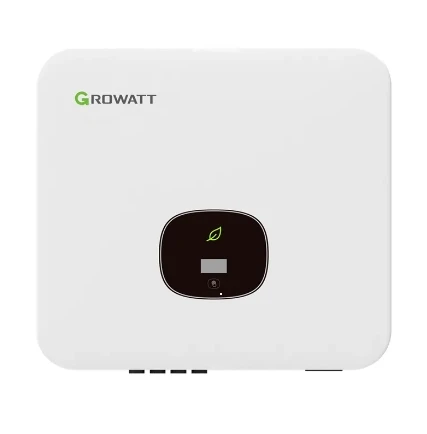Innovations in Solar Cell Technology for Sustainable Energy Solutions
The Promise of Solar Cells Harnessing the Power of the Sun
Solar cells, also known as photovoltaic (PV) cells, are revolutionizing the way we generate and consume energy. By directly converting sunlight into electricity, these remarkable devices are at the forefront of the global shift toward renewable energy sources. As the world grapples with the challenges of climate change and depleting fossil fuel reserves, solar cells offer a clean, sustainable, and increasingly affordable alternative.
The Science Behind Solar Cells
The fundamental principle of solar cells lies in the photovoltaic effect, which occurs in certain materials when they absorb photons – tiny packets of light. When sunlight strikes a solar cell, it excites electrons within the semiconductor material, typically silicon. This excitation creates an electric current as the free electrons move through the material and are captured by conductive metal plates, ultimately providing usable electricity.
Solar cells come in various types, with the most common being monocrystalline, polycrystalline, and thin-film cells. Monocrystalline cells are known for their high efficiency and longevity, but they can be more expensive to produce. Polycrystalline cells are more affordable but generally offer lower efficiency. Thin-film solar cells, made from various materials, are lightweight and flexible, making them suitable for diverse applications. The choice of technology depends on factors such as budget, physical space, and desired efficiency.
Advantages of Solar Energy
One of the most compelling reasons for adopting solar cell technology is the abundance of solar energy available. The sun provides more energy to the Earth in one hour than the entire human population uses in a year. By harnessing this inexhaustible resource, we can significantly reduce our reliance on fossil fuels, which are finite and contribute to environmental degradation.
In addition to reducing greenhouse gas emissions, solar energy can lead to significant economic benefits. As technology advances, the cost of solar panels has dropped substantially, making solar power accessible to a wider range of individuals and businesses. In many regions, solar energy has become cheaper than traditional energy sources, leading to savings on electricity bills and potential revenue from the sale of excess energy back to the grid.
solar cell

Solar energy also promotes energy independence. By investing in local solar installations, communities can reduce their dependence on imported fuels and create jobs in the renewable energy sector. These jobs span a variety of disciplines, from manufacturing to installation and maintenance, contributing to a more resilient economy.
Challenges and Solutions
Despite its many advantages, solar energy is not without challenges. One significant hurdle is the intermittent nature of solar power. Solar cells generate electricity only when the sun is shining, which means energy storage solutions are necessary to ensure a stable supply during cloudy days or at night. Advances in battery technology, such as lithium-ion and flow batteries, are helping to mitigate this issue, allowing for better energy storage and distribution.
Another challenge is the space required for large-scale solar installations. While rooftops are a great option for residential systems, commercial installations often require significant land. Innovative solutions like agrivoltaics, which integrate solar panels with agricultural land, can help maximize space efficiency by allowing crops to grow simultaneously with solar energy generation.
The Future of Solar Cells
The future of solar cells is bright, with ongoing research focused on improving efficiency, reducing costs, and developing new technologies. Exciting advancements like perovskite solar cells, which promise higher efficiencies at lower costs than traditional silicon cells, are currently under investigation.
As consumer awareness of climate change grows, the demand for clean energy solutions like solar power will continue to rise. Governments around the world are also increasingly implementing policies and incentives to promote solar energy adoption, further driving the market forward.
In conclusion, solar cells represent a fundamental shift in how we think about energy production. By harnessing the power of the sun, we can create a more sustainable, efficient, and economically viable energy future. As technology evolves and challenges are addressed, solar energy will undoubtedly play a pivotal role in our global energy landscape. The transition to solar power not only holds the key to addressing climate change but also promises to empower communities and drive economic growth in the years to come.
-
Unlocking Energy Freedom with the Off Grid Solar InverterNewsJun.06,2025
-
Unlock More Solar Power with a High-Efficiency Bifacial Solar PanelNewsJun.06,2025
-
Power Your Future with High-Efficiency Monocrystalline Solar PanelsNewsJun.06,2025
-
Next-Gen Solar Power Starts with Micro Solar InvertersNewsJun.06,2025
-
Harnessing Peak Efficiency with the On Grid Solar InverterNewsJun.06,2025
-
Discover Unmatched Efficiency with the Latest String Solar InverterNewsJun.06,2025







